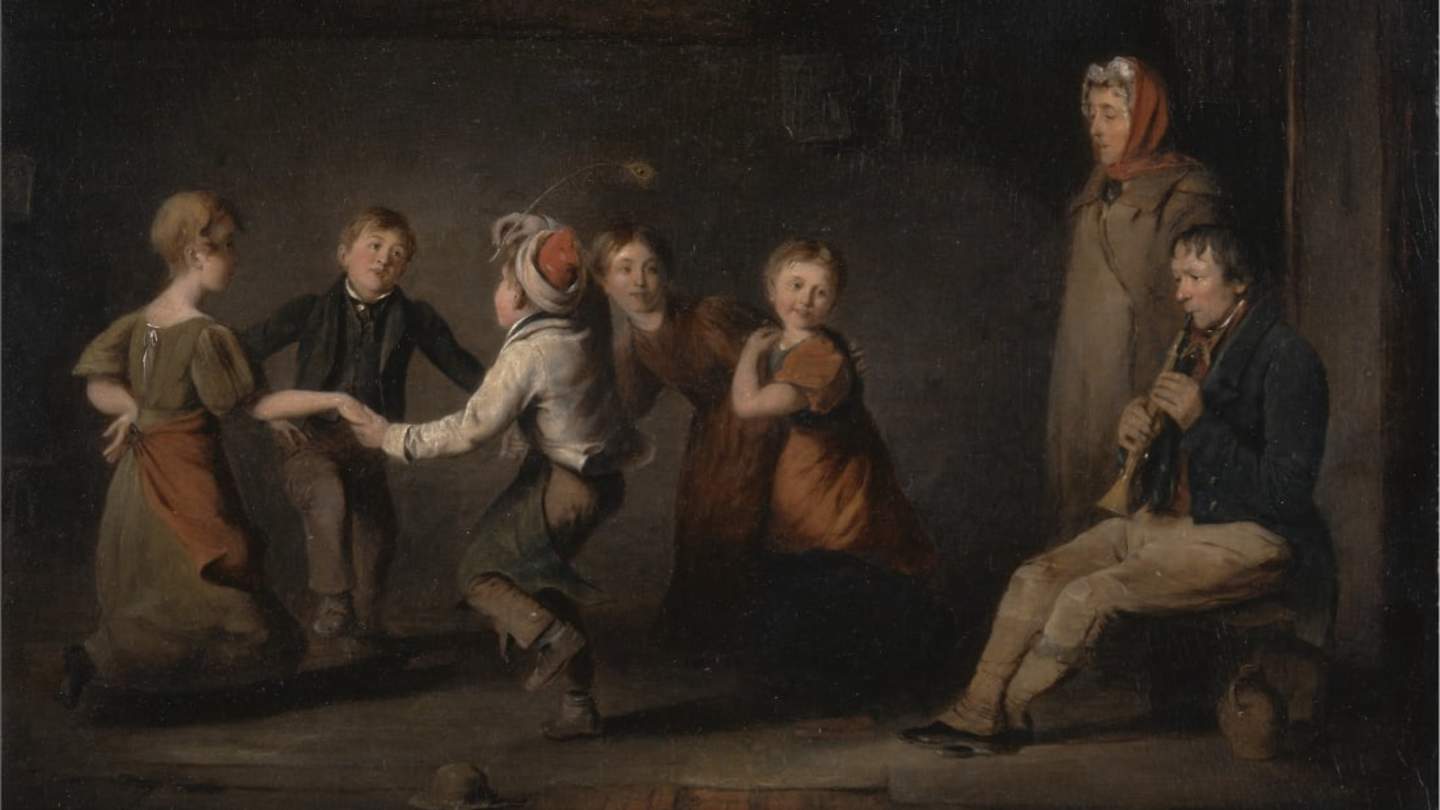Have you ever stopped to think about the stories behind those seemingly innocent nursery rhymes we sang as children? Many of these beloved tunes carry with them a weight of history and meaning that might surprise you. They often reflect the harsh realities and superstitions of times gone by, offering glimpses into a world vastly Different From Our Own.
From cautionary tales to hidden symbolism, nursery rhymes and their dark meanings have captured imaginations for centuries. While some may seem like simple lullabies or playful verses, Many Contain Deeper Stories, often rooted in historical events or Societal Anxieties. Uncovering these hidden layers can be a fascinating journey into the past, revealing surprising connections between childhood favorites and the world around us.
Get ready to delve into the intriguing world of Nursery Rhymes Dark Meanings! We’ll explore the fascinating origins behind Some Classic Rhymes, uncovering the historical events, Cultural Beliefs, and societal anxieties that shaped their narratives.
Dark Origins: Unraveling Nursery Rhyme Histories
Many nursery rhymes seem lighthearted and innocent, but their origins often reveal a darker side of history. Take “Ring Around The Rosie,” for example. While it’s now associated with childhood games, some believe it reflects the devastating Black Death pandemic that swept through Europe in the 14th century. The lyrics, “Ring Around The Rosie, a pocket full of posies, ashes, ashes, We All Fall Down,” are thought to describe the symptoms and tragic outcome of the plague.
Another classic, “Rock-a-bye Baby,” may seem like a simple lullaby, but its history is shrouded in uncertainty. Some believe it originated from a practice where babies were placed in Cradles Hung From Tree Branches, Highlighting Their Precarious Existence. This image evokes a sense of vulnerability and foreshadowing, adding a layer of darkness to the seemingly comforting melody.
 Interesting Facts About Sir Walter Raleigh: Explorer, Writer & Courtier
Interesting Facts About Sir Walter Raleigh: Explorer, Writer & CourtierMany other rhymes have Dark Origins linked to Historical Events or social anxieties. “Jack and Jill,” for instance, could be an allegory for King Louis Xvi and Marie Antoinette’s failed escape from France during the Revolution, their journey ending in tragedy. Even seemingly innocuous rhymes like “Humpty Dumpty” are believed by some to have connections to political upheaval or significant Historical Events.
Hidden Symbolism: Decoding the Meaning Behind Popular Rhymes
Beyond their historical connections, many nursery rhymes are rich with symbolism, hinting at deeper meanings and societal anxieties. Take “Mary Had A Little Lamb,” for example. While seemingly a simple tale about a child’s pet, some believe it reflects the innocence of childhood juxtaposed against the strictures of society. The lamb’s presence in school, disrupting the established order, could symbolize a challenge to traditional norms.
“Twinkle, Twinkle Little Star” is another rhyme with layers of symbolism. While often interpreted as a celebration of wonder and curiosity about the Night Sky, some suggest it also reflects a longing for something beyond our earthly realm. The twinkling star becomes a symbol of hope, aspiration, and a yearning for the unknown.
The Hidden Symbolism woven into these rhymes offers fascinating insights into the cultural contexts in which they were created. They provide glimpses into societal values, fears, and aspirations, revealing a complex tapestry of meaning beneath the surface.
From Plague to Revolution: Exploring Historical Influences
The historical influences on nursery rhymes are often surprising and thought-provoking. Some scholars believe “Ring Around The Rosie” originated during the Black Death pandemic, with its lyrics mirroring the symptoms of the plague: “Ring Around The Rosie,” referring to the rash that afflicted victims, “a pocket full of posies,” representing attempts to ward off the disease with herbs and flowers, “ashes, ashes, We All Fall Down,” Symbolizing Death. These chilling connections paint a stark picture of the fear and suffering that gripped Europe during this dark period.
Even seemingly innocent rhymes like “Jack and Jill” are believed by some to be rooted in historical events. The rhyme could be an allegory for King Louis Xvi and Marie Antoinette’s failed escape from France during The Revolution. Their journey, symbolized by ascending a hill (“hill”), was cut short when they were captured (“fell down”). This interpretation adds a layer of tragedy and political commentary to what appears to be a simple children’s rhyme.
These historical influences demonstrate how Nursery Rhymes can act as repositories for collective memory, preserving stories and anxieties from the past.
Folklore and Anxieties: Reflecting Societal Concerns in Rhymes
Beyond historical events, nursery rhymes often tap into broader societal anxieties and cultural beliefs prevalent During Their Creation. Take “Little Bo Peep,” for instance. While seemingly a lighthearted tale about a lost sheep, it could reflect anxieties surrounding motherhood and responsibility. The shepherdess’s search for her wayward sheep symbolizes the constant vigilance and care required of mothers in ensuring the safety and well-being of their children.
Similarly, “Humpty Dumpty” can be seen as reflecting societal fears surrounding fragility and vulnerability. The egg, a symbol of new life and potential, is broken beyond repair (“all the king’s horses and all the king’s men couldn’t put Humpty together again”). This reinforces anxieties about the precariousness of life and the potential for Irreversible Loss.
These rhymes act as cultural touchstones, capturing the folklore and anxieties that shaped societies. They offer a unique window into past concerns and beliefs, revealing how collective fears and aspirations were expressed and transmitted through generations.
Beyond Simplicity: The Enduring Power Of Nursery Rhymes
Despite their seemingly simple nature, nursery rhymes possess a remarkable power that transcends generations. Their catchy tunes and memorable verses embed themselves in our minds from a young age, becoming part of the very fabric of our cultural heritage. This enduring appeal lies in their ability to capture universal themes of childhood, love, loss, and wonder, resonating with audiences across time and cultures.
The rhythms and rhymes also serve as a gateway to language development, Helping Children Learn New Words, sounds, and grammatical structures. This makes nursery rhymes valuable tools for early education, fostering a love of language and literature from an early age. Beyond their educational benefits, these rhymes offer comfort and familiarity, providing a sense of security and connection to the past.
In essence, nursery rhymes are more than just children’S Songs; they are cultural treasures that reflect our shared human experiences and continue to enchant and inspire generations. They remind us of the power of storytelling, the beauty of language, and the enduring magic of childhood.










